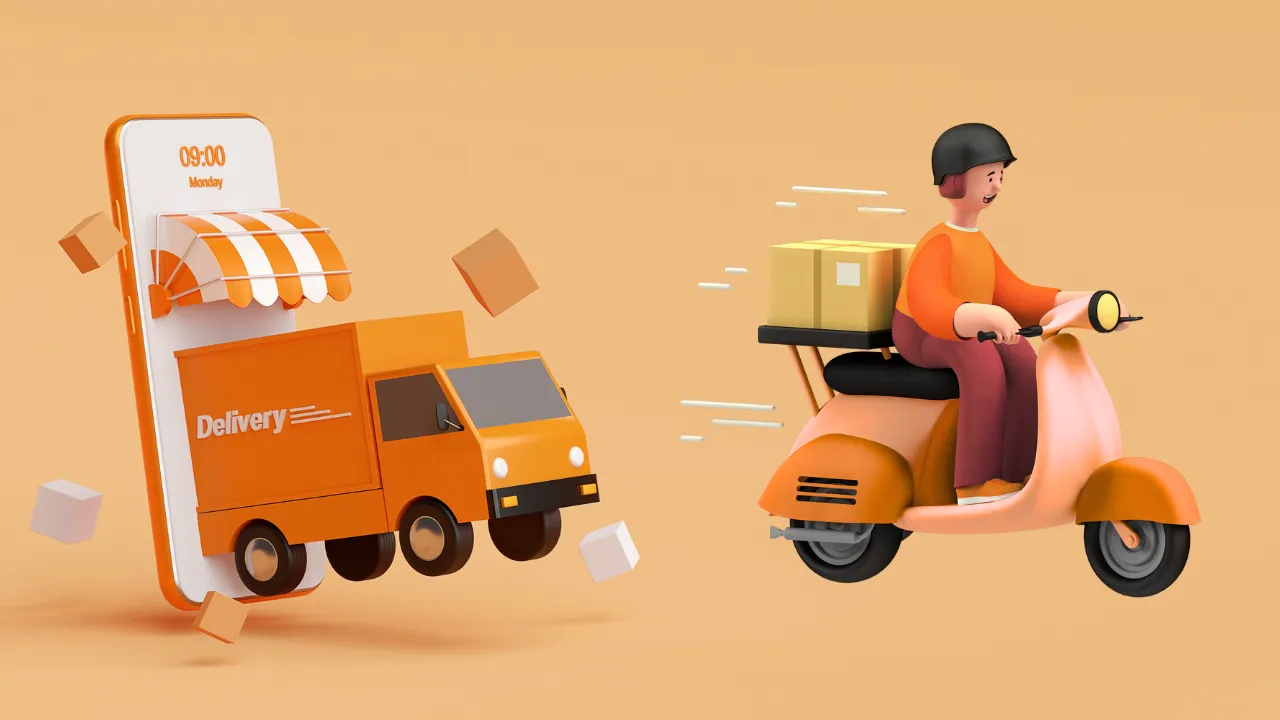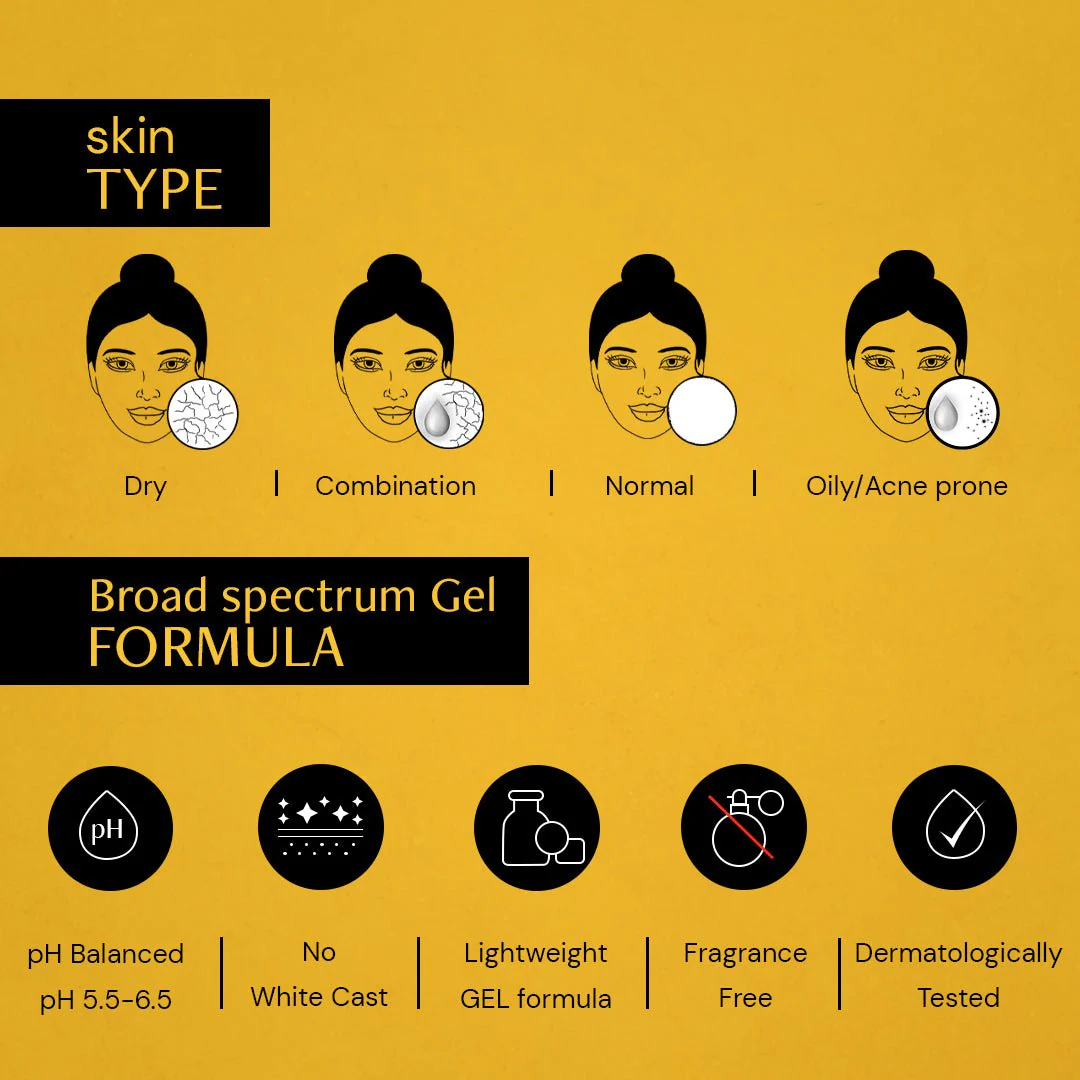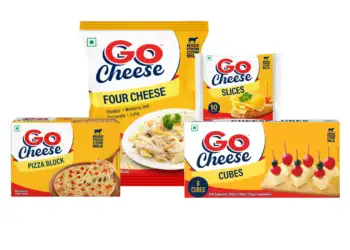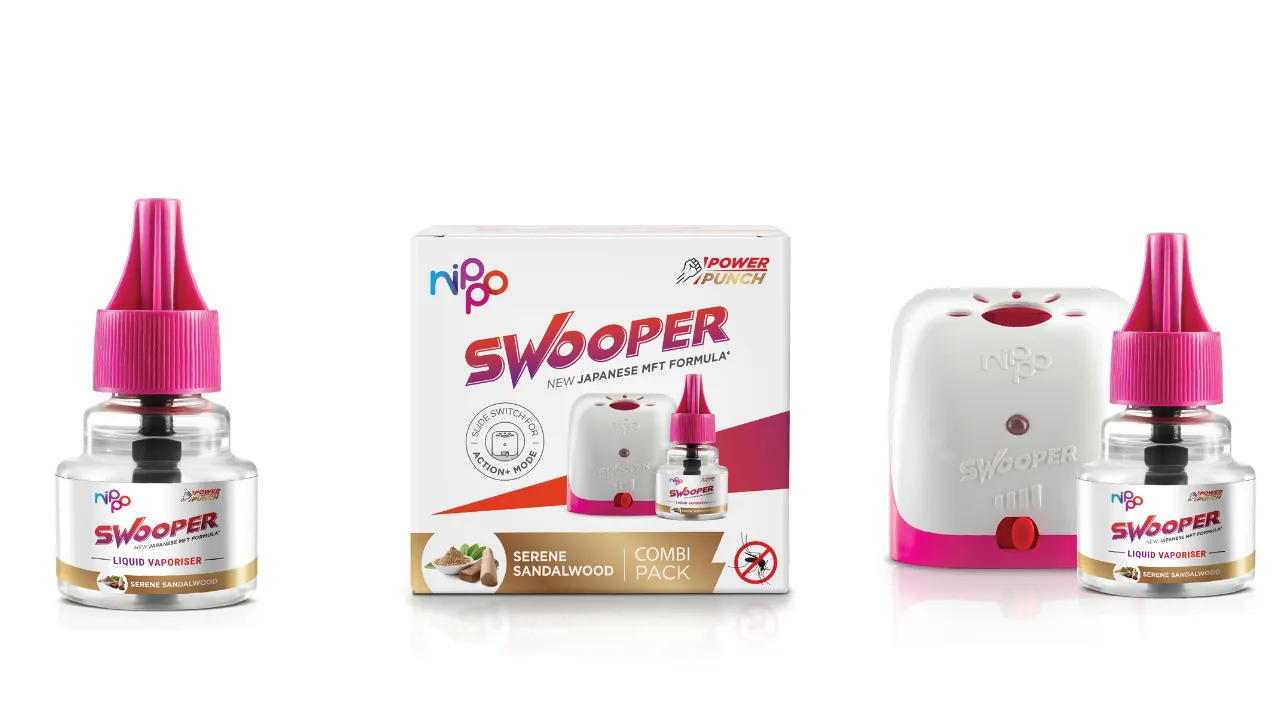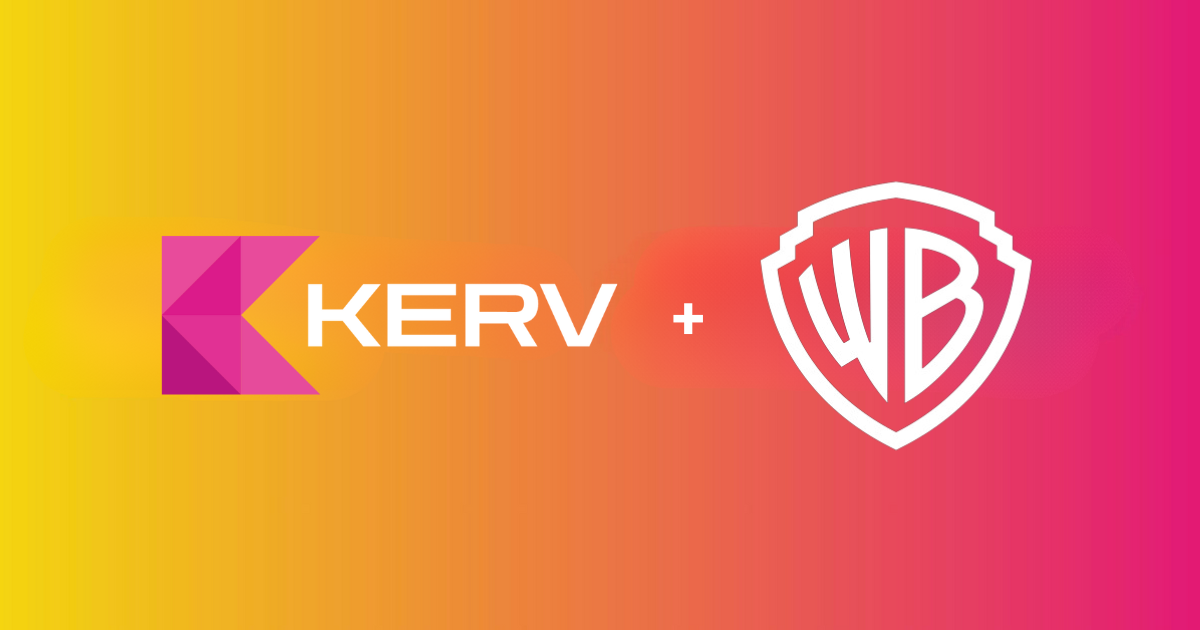India’s e-retail media sector is undergoing robust and sustained expansion, fueled by rapid digital transformation, increased internet penetration, and a booming appetite for e-commerce. A key driver of this momentum is the rise of Quick Commerce (Q-commerce) — a new-age, hyperlocal, instant-delivery model that is redefining how consumers shop and how brands engage them.
According to a Bain & Company report, categories with high purchase frequency such as groceries, lifestyle products, and general merchandise are leading the way, projected to account for two-thirds of all e-retail spending by 2030. Notably, two-thirds of all e-grocery orders and 10% of total e-retail spending are expected to occur via Q-commerce platforms, highlighting their growing impact.
🗣️ Industry Insights: What Brands Are Saying
In a conversation with afaqs!, Ritika Taneja, Head of E-commerce at GroupM India, elaborated on the evolving role of Q-commerce in India’s digital shopping ecosystem.
“Quick commerce is growing at an average of 30–50% annually, compared to 15–20% growth seen in traditional e-marketplaces,” Taneja states. “Overall, e-commerce is expanding at around 22% per year, but Q-commerce is clearly outpacing it.”
Post-COVID, consumer behavior has shifted toward immediacy and convenience. As a result, Q-commerce has flourished, with platforms like Zepto, BlinkIt, and Swiggy Instamart becoming household names. While these platforms are still on the journey to profitability, they are increasingly relying on advertising revenue to support their business models.
📈 Q-Commerce: The Next Big Media Channel
Although Q-commerce currently contributes 20% to the e-retail advertising pie, its rapid expansion in Tier 1 and Tier 2 cities signals immense potential. These platforms offer hyper-local targeting and real-time consumer insights, making them attractive for advertisers seeking to tap into consumers’ micro-moments of high intent.
GroupM’s TYNY 2025 report forecasts that Q-commerce will comprise 15% of India’s total e-commerce sales within the next decade. As e-commerce itself grows to represent 18–20% of overall retail, Q-commerce is positioned to play an increasingly influential role.
Taneja adds,
“Traditional marketplaces cater to planned purchases, while Q-commerce thrives on spontaneous buying, localized availability, and lightning-fast delivery. These platforms have evolved into full-funnel marketing tools, where advertising directly influences purchase decisions due to already elevated consumer intent.”
🔍 Why Q-Commerce Is a Game-Changer for Brands
High Purchase Intent: Consumers on Q-commerce platforms often come with a need in mind, enhancing ad effectiveness.
Localized Engagement: Brands can reach hyper-targeted demographics within specific delivery zones.
Speed to Shelf: Products can go from ad to doorstep in minutes, bridging the gap between desire and fulfillment.
Real-Time Analytics: Marketers gain rapid feedback on campaigns, enabling optimization at scale.
📢 Relevant Hashtags
Here are some hashtags that can help boost visibility across platforms like LinkedIn, Instagram, X (formerly Twitter), and others:
Video:
Author: Sania Khan
